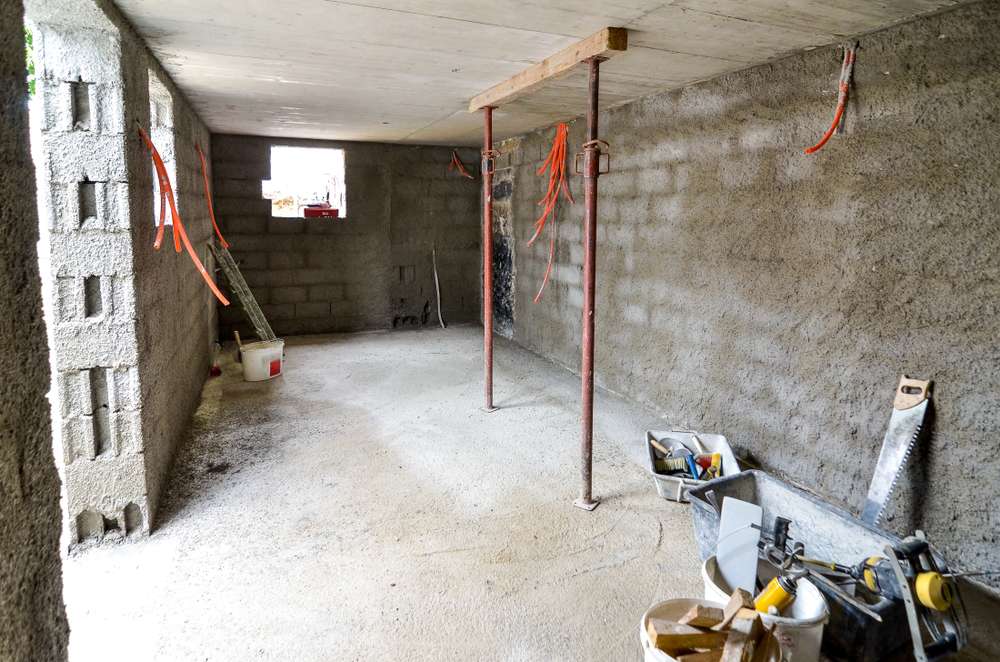Concrete Contractors: Services, selection, and project planning
Concrete work is a fundamental component of many construction and renovation projects, from driveways and patios to foundations and commercial slabs. Understanding what concrete contractors do, how they estimate and execute work, and what to check before hiring can help homeowners and project managers plan realistically and reduce risk. This article explains common services, selection criteria, project steps, and practical considerations for working with concrete contractors in your area.

What services do concrete contractors provide?
Concrete contractors cover a wide range of services beyond simple pouring. Typical offerings include forming and pouring foundations, footings, slabs, driveways, patios, walkways, steps, and retaining walls. Many contractors also provide decorative concrete options such as stamped patterns, colored or stained finishes, exposed aggregate, and polished concrete for interior floors. Other tasks often handled by concrete specialists include concrete repair, resurfacing, sealing, and removal or demolition of existing concrete elements. For larger projects, contractors coordinate with structural engineers and follow relevant building regulations.
How do contractors estimate and prepare a quote?
Estimating concrete work involves several factors: site access and preparation, soil conditions and subbase requirements, the volume and grade of concrete, reinforcement needs (rebar or mesh), formwork complexity, finishing type, curing time, and any ancillary work such as drainage or joint cutting. A professional quote should be itemized and include labor, materials, equipment, permits, and a timeline. During the site visit contractors check levels, note potential obstructions, and discuss desired finishes. Clear written estimates and scope definitions reduce misunderstandings; ask for explanations of line items and request clarification about exclusions such as landscaping or removal of waste.
How to choose a contractor in your area
Selecting a contractor requires balancing experience, credentials, and local knowledge. Check for appropriate licenses, insurance (public liability and employer’s liability), and membership in trade associations where applicable. Review recent project photos and seek references for similar work. Confirm the contractor’s familiarity with local building codes, drainage requirements, and typical soil conditions that affect concrete performance. Obtain at least two or three written estimates for comparison and ask about warranties or guarantees for workmanship and materials. Communication, a clear contract, and a realistic schedule are important indicators of a reliable contractor.
Common project steps and realistic timelines
Typical concrete projects follow a sequence: site preparation (excavation and subgrade compaction), formwork and reinforcement installation, concrete delivery and placement, finishing and surface treatment, and curing followed by jointing and sealing as needed. For small residential pours like a driveway or patio, the actual concrete placement often takes a day, but preparation and curing can extend the timeline to several days or weeks before the surface is ready for use. Larger commercial slabs may require staged pours and additional curing or drying times. Weather conditions, especially temperature and rainfall, influence scheduling and curing strategies.
Durability, maintenance, and common issues
Concrete performance depends on proper mix design, adequate compaction, correct reinforcement, and suitable curing. Common issues include cracking from settlement or thermal stresses, surface scaling in freeze-thaw climates, staining, and efflorescence. Routine maintenance—such as cleaning, sealing, and repairing small cracks early—extends service life. For decorative surfaces, periodic resealing preserves appearance. Discuss expected maintenance with your contractor and ensure that recommended upkeep is included in any written guidance they provide.
Local resources and verification steps
Before hiring, consult local services and industry resources to verify credentials and standards. Trade associations, building control offices, and online directories for construction professionals provide useful checks. Ask contractors for proof of insurance, references from recent projects in your area, and copies of any warranties. If structural or drainage issues are involved, consider independent advice from a structural engineer or surveyor. Where applicable, request confirmation that the contractor will obtain necessary permits and arrange for inspections to comply with regulations.
Conclusion
Concrete contractors play a critical role in ensuring structural integrity and long-term performance for many building and landscaping projects. Understanding the scope of services, how estimates are prepared, selection criteria, project stages, and maintenance requirements helps clients make informed decisions and fosters better outcomes. Clear contracts, documented estimates, and verified credentials reduce project risk and support a smoother construction process.




